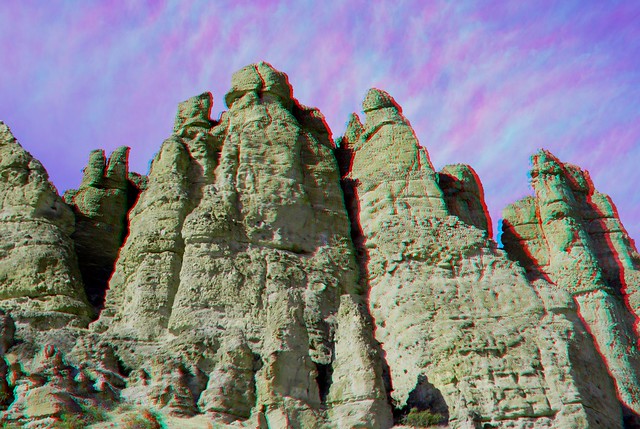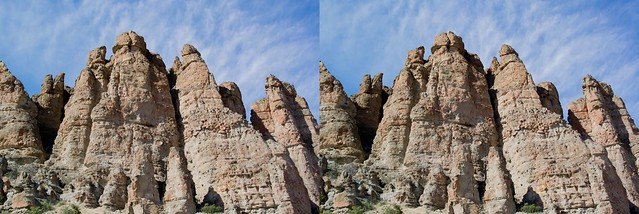Small sensor cameras – such as smart phones and point and shoot cameras – are unable to create significant blurring of the background or foreground. Narrow depth of field is mostly limited to large sensor cameras – or to long telephoto shots.
But, two camera sensors may be used to measure depth in the scene. One camera is used for the actual photo and the second for depth. Parallax, or the difference between the two camera images, varies by distance to the subject. This information is used to blur the original image based on distance to the subject. (Blurring is done by averaging local pixels together using a simple average or a weighted average.)
This means that software creates the narrow depth of field effect, rather than large sensors and expensive lenses.
The HTC One M8 smart phone has this feature today. The linked article gives examples of how this works, in practice. Take a look at their sample photos!
We compare the HTC One M8 camera with a Fuji X-M1 to see what its bokeh-style effects are really like.
Source: HTC One M8 Camera vs A Proper Camera: Fake Bokeh On Trial
Note that if the cameras are very close together, as is typical on a smart phone, the ability to accurate measure distance a long ways from the camera is greatly diminished. Image resolution and interaxial spacing both impact the capability of this feature.
Rumors are that the iPhone 7 will feature dual cameras for the same reason – to create narrow depth of field photos using tiny sensor cameras built in to the phone.
Currently, the best narrow depth of field comes from DSLR full frame cameras and expensive, large aperture lenses.
But post processing software is eliminating many advantages of the full size cameras. Modern post processing noise reduction enables many small sensor cameras to perform more like their big cousins in low light. And now, with dual cameras and depth processing, little cameras may soon deliver narrow depth of field at lower cost than the big guns.
This should be worrisome to the DSLR makers. Particularly as increasing numbers of shooters would prefer to travel light – and not have to carry big camera bodies and heavy lenses.











